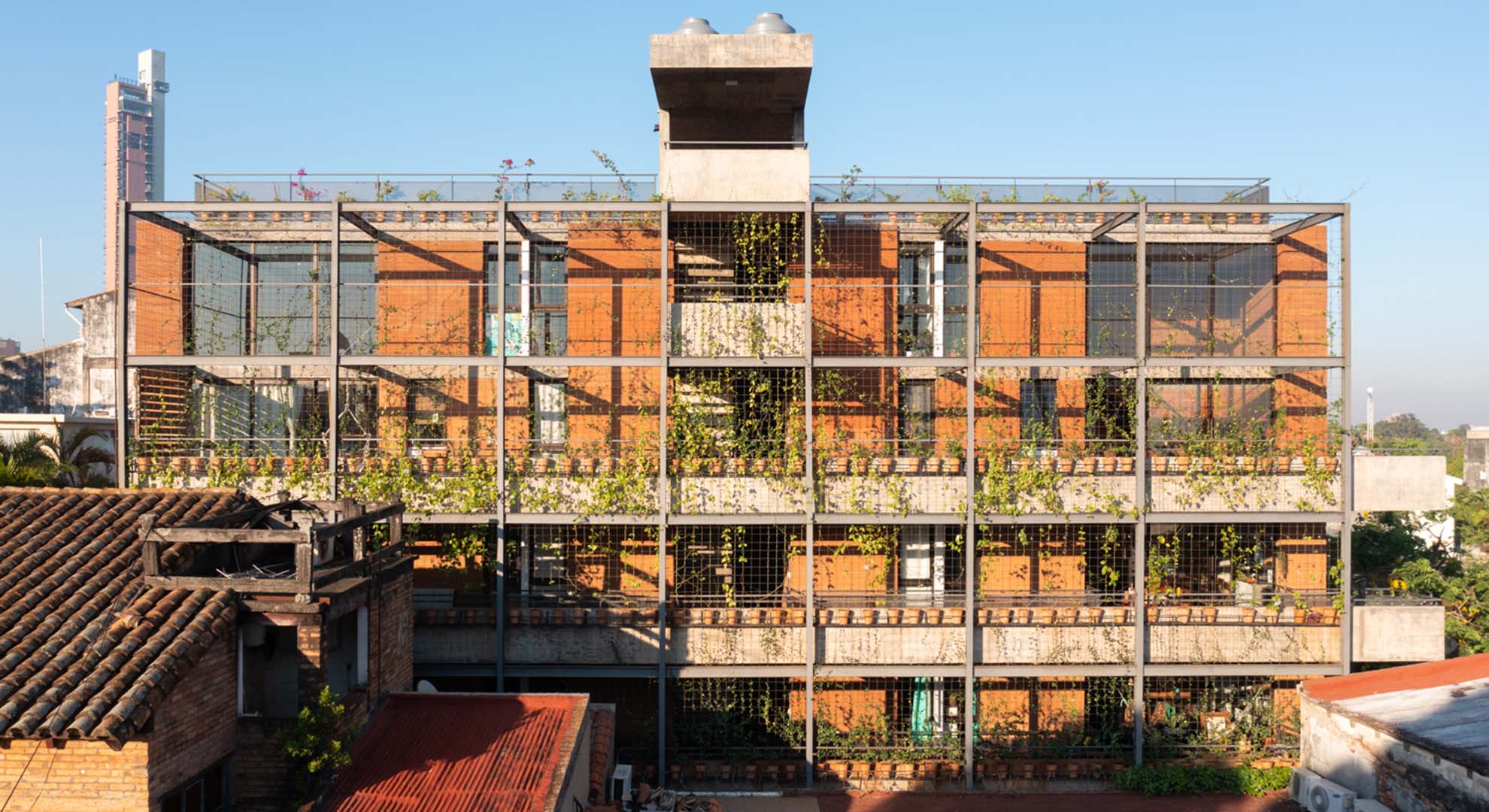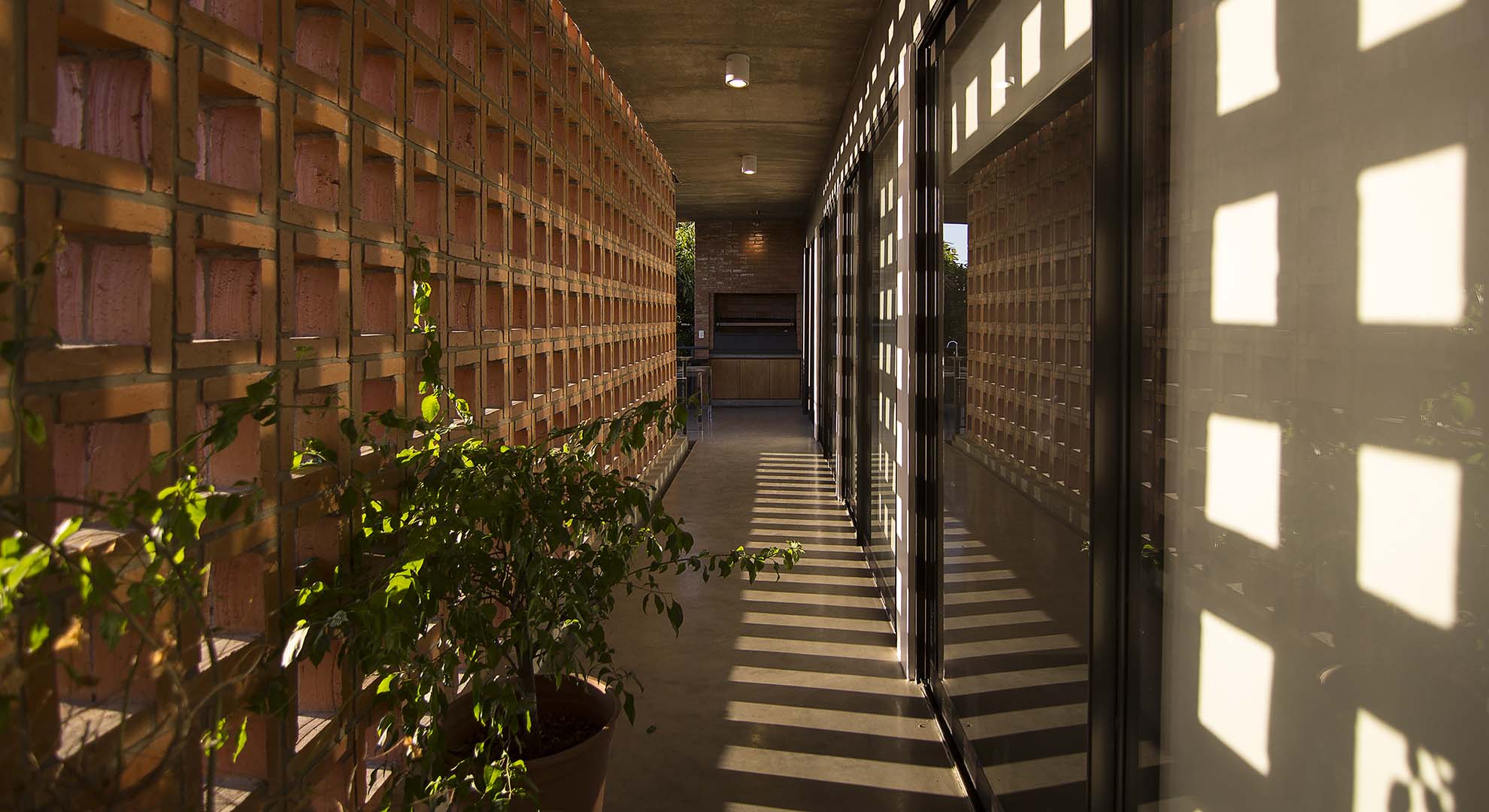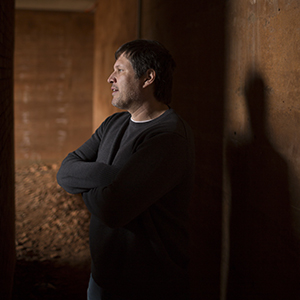Pire porã
The skin in architecture
The term skin implies a comprehensive definition and posture. The skin is a living organism; it breathes and transpires; it may be porous, flaky, or impermeable; and, above all, it protects us.
Throughout history, people have felt the need to be protected. Perhaps architecture is a permanent and imperfect attempt to search for that protection. I have to say and I might be wrong—that nowadays, the idea of the facade has been replaced by that of the skin or outer layer between the building and its surroundings.
The facade, which used to be perceived as a boundary, has become a room or interface where space and architecture are intertwined.
But more than providing an opinion on visual aspects, I am interested in other facets related to all the other senses. We have lost the tactility, the authenticity of matter and construction, the sense of the aura of a place, or the enriching experience of time.
Our reality in Paraguay as an emerging and peripheral economy doesn’t always grant us access to state-of-the-art technologies due to their excessive cost, high maintenance, or very specialized labor.

Valois Building, Asunción, Paraguay, 2021, José Cubilla. Photo © Luis Ayala
In this sense, we work with traditional materials, such as stone, timber, rammed earth and ceramics, obtaining unique atmospheres and climates based on the intelligent and innovative use of these materials on their own or combined. We are concerned by the loss of temporality and the endless search for immediate impact.
Buildings have become products: images separated from that existential depth.
Beyond architecture, in general, contemporary culture is driven towards a distancing or loss of sensualization of human relationships with respect to reality.
It is essential to recognize that we live in exponential times, a reality in which information technologies change the way we inhabit a networked world, where cities and, therefore, architecture should be reconsidered.
Perhaps that is why we are interested in thinking of architectural space as a lived space rather than a physical one. To find that integrity we’ve dreamed of.
Skin in its different layers, a person, their home, their neighborhood, an organism that grows and develops together with its carrier, a layer that must be able to protect but also control the temperature, adjust humidity, perceive and communicate.
Skin that does not hide its wounds but highlights and enhances them. Scars that are not hidden but emphasized. Skin as an active and communicative membrane.

San Francisco Building, Asunción, Paraguay, 2013, José Cubilla. Photo © Salma Abraham
In the words of the great thinker and architect Juhani Pallasmaa in his text, The Eyes of the Skin: ”To resensitize architecture through a sense of materiality, hapticity, texture and weight, density and materialized light."
In our official native language, Guarani, expressions beautiful skin (pire porã) or deteriorated skin (pire vai) have to do with our state of mind or the state of mind of our people, and not their visual aspects. In a characteristic subtropical climate such as Paraguay, we feel good or bad depending on how our skin behaves.
We try to be coherent with these principles and desires in our projects. To achieve spaces that are felt on the skin. Spaces that affect our mood, our soul, and our being.
The daily pire porã we all wish for.
